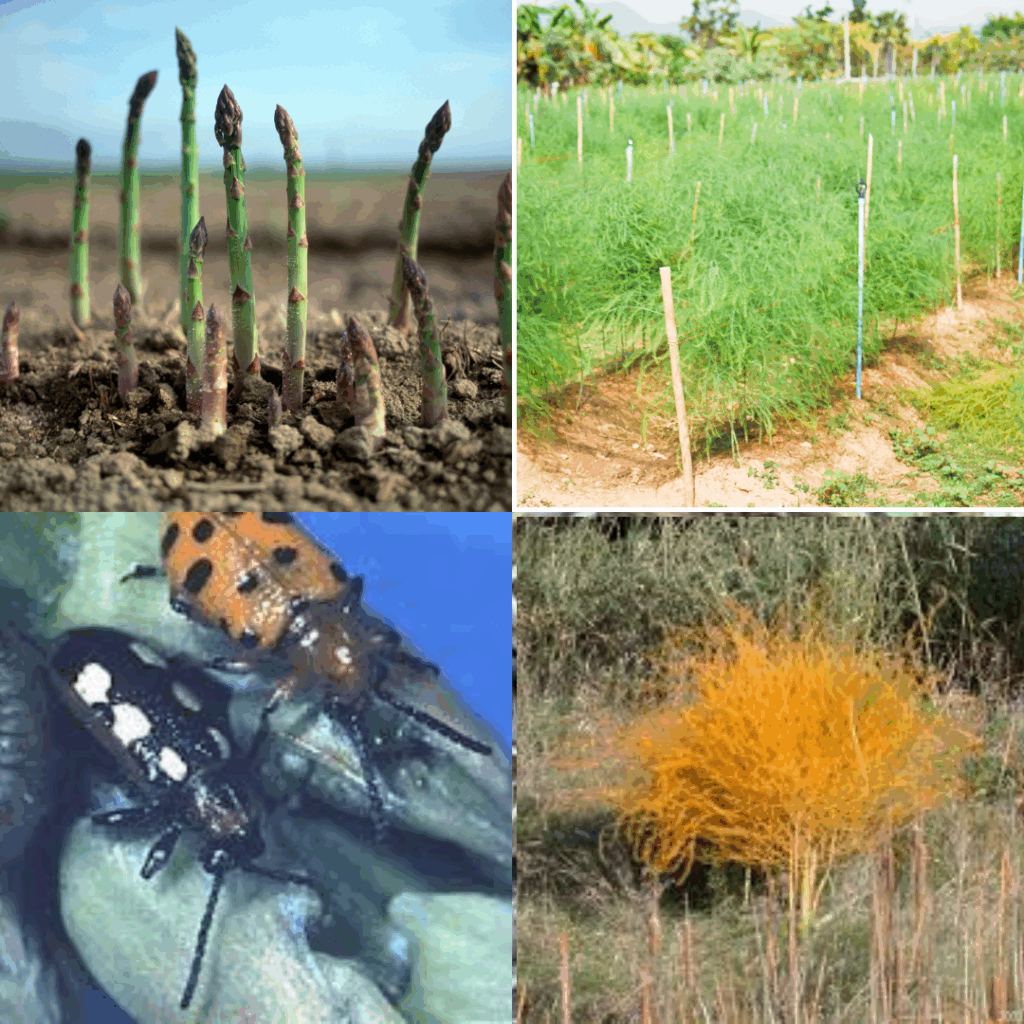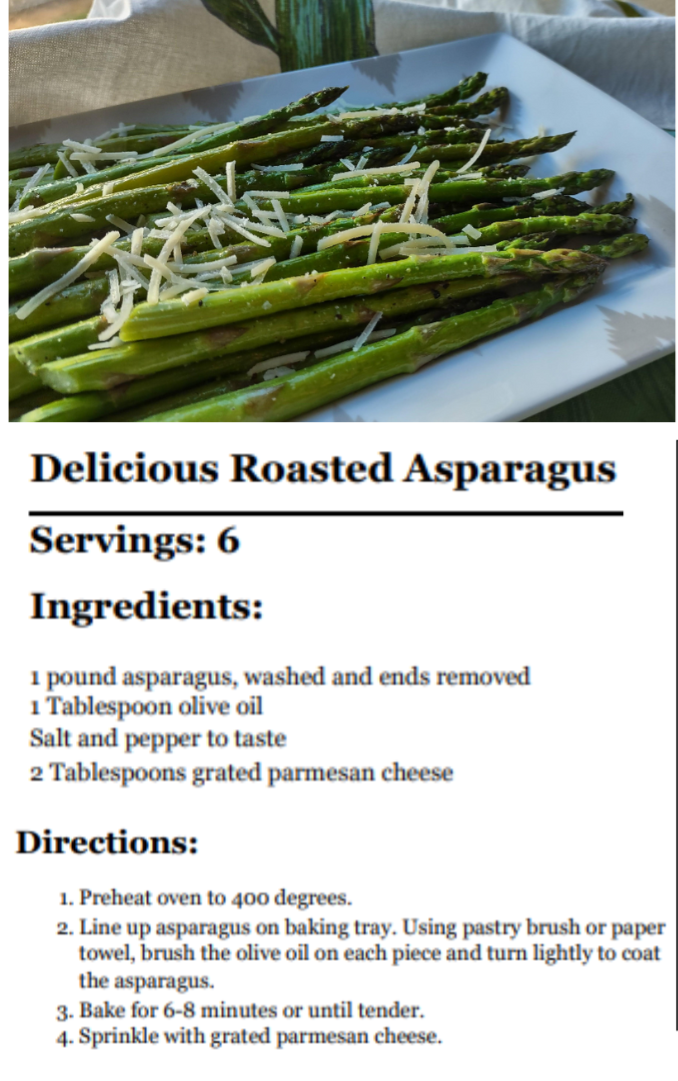It is the dawning of the age of asparagus

I so often talk about how gardening isn’t a Ron Popeil Pocket Fisherman. If you aren’t old enough to know what I am talking about, this original infomercial spokesman’s catch phrase for all of his inventions was, “Just set it and forget it.”
Anyone who gardens, farms, or works with nature knows, there is no set it and forget it. But today’s column focuses on a vegetable that is close … asparagus.
Asparagus is one of our three perennial vegetables in Illinois — asparagus, rhubarb and horseradish. These three plants, when planted correctly, give back fifty-fold what you put into them.
An asparagus patch can easily produce for 15 to an amazing 30 years, if it has the right site and the right cultural care. The initial decision anyone interested in growing a perennial vegetable is that right site, because it is going to be using that same garden real estate for a long time.
But before we get to the planting, the number one question about asparagus is: What makes our urine smell strange after eating asparagus?
It is all science. Asparagus contains aspragusic acid, which is broken down into sulfur-containing compounds by your body. Some people say their urine doesn’t do this, but 40% of the population can’t smell these odors.
Now is the perfect time to purchase asparagus plants. Technically, asparagus can be grown from seed, but who wants to wait three to five years to get one stalk? By buying the asparagus “crowns” as they are called, you plant this year and will be able to start harvesting next year.
Asparagus are one of those interesting vegetables botanically. Although in a different family from squash and cucumbers, they both have individual male and female plants. The botanical term for this is “dioicous.”
Female asparagus plants will produce larger spears than males, but the females also produce fruit (little berries), which depletes a great deal of energy from the plants. Those seeds also sprout into new viable seedlings, but this can cause over crowding and create a weedy patch.
Male plants produce smaller spears, but more of them, because they don’t have to spend their energy budget making offspring. Male plants also tend to live longer than their female counterpart; that is why male plants are preferred for home gardens.
Whether you buy asparagus crowns at the big box, nursery or via mail or online, you will receive a bag of what look like roots with a barely visible top bud. Not to worry, that is how they are supposed to look.
Choose a full sun location and, of course, well-drained, loamy soil is preferred. I should also mention that asparagus is a beautiful airy shrub throughout the growing season. I know many a gardener who uses the asparagus row as a fantastic visual back row of their garden.
You will need to dig a trench that you will spread those roots over. The trench should be 12 to 18 inches wide and about 6 inches deep.
How you lay those roots into the trench is important. Spread the roots out evenly in the trench, making sure the bud is facing upward.
Start to backfill with soil, but don’t completely bury the asparagus, just cover the roots with about 2 inches of soil, and as the asparagus starts to grow taller during the growing season, then add additional soil.
As far as the foliage on the asparagus, you should let it grow all summer long so the plants can literally eat sunshine through photosynthesis to build up reserve energy for next year’s crop. After the frost, cut the foliage down to soil level.
The first year, you will get some spears, but don’t harvest them. I know it is tempting, but it is better to wait until the second season to harvest. Harvesting too early can lead to low yields and weaker plants.
In that first year, the spears will develop leaves that look like ferns; just let them. In the second year, plan on harvesting for no more than two weeks because remember, we are still trying to build strong plants. Some gardeners even pause harvesting that second year to have even stronger plants going forward.
In year three, you can harvest for up to a month. And from the fourth year onwards, you can harvest the spears as long as they are larger than 3/8”.
So how to harvest those spears? You want to cut or snap your asparagus when they are 5 to 8 inches tall. Some people choose to just snap the asparagus off by grabbing them near the soil line. You bend the spear until it snaps. It should snap cleanly, but I prefer to use a knife.
Cut below soil line at a 45-degree angle. Just be careful not to dig around too much so not to damage any soon-to-emerge other spears.
Fresh asparagus will keep in the refrigerator for one to two weeks. You store asparagus in a vertical container with the bases covered in water. Another option is to just wrap the cut ends in a damp paper towel and put them in a plastic bag.
Asparagus has two main pests: the common and spotted asparagus beetles. These two pests cause scarring and damage to the spears. Beginning in late May, start scouting and handpick or encourage natural enemies like birds and ladybugs to eat them.
